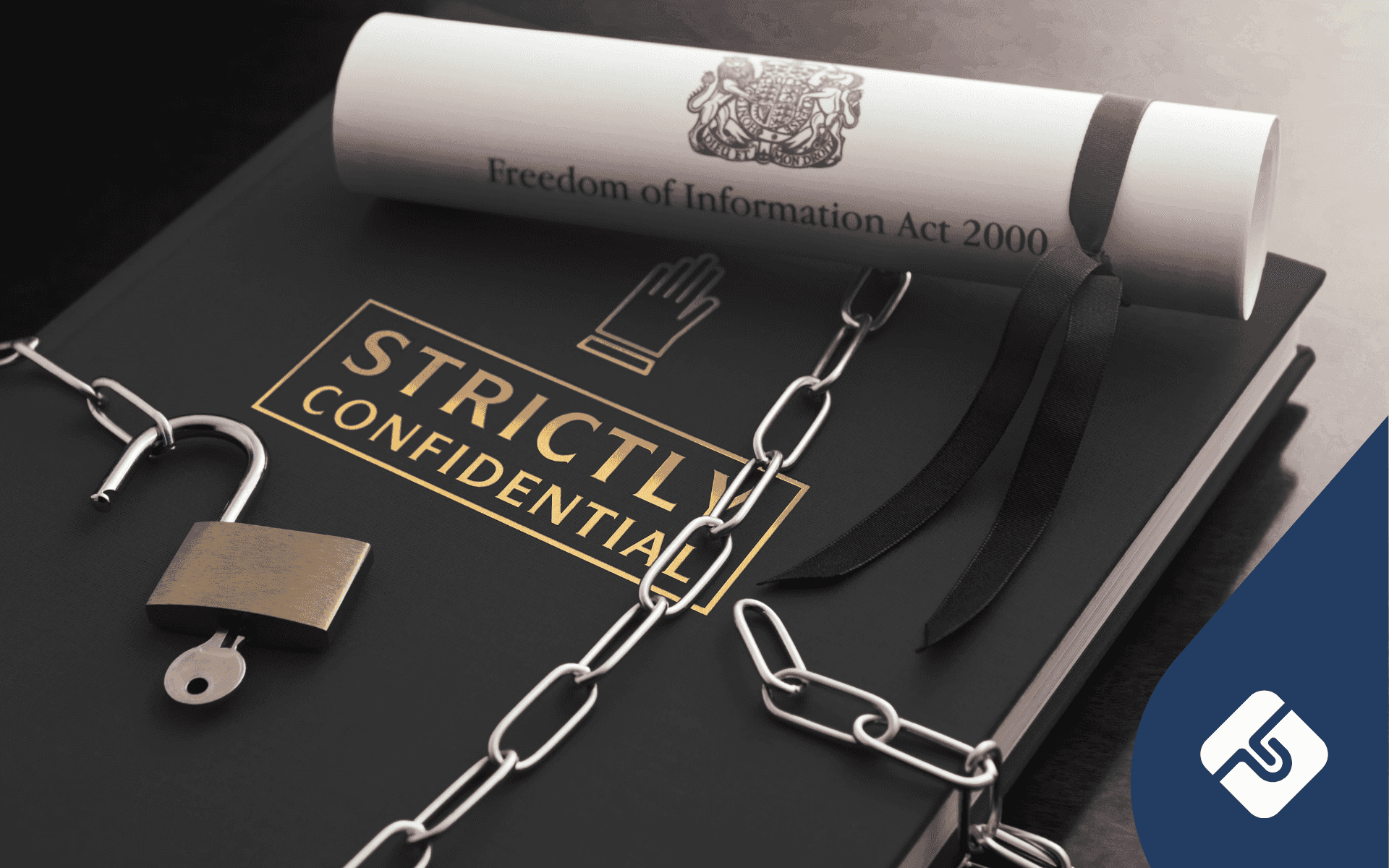The ongoing financial pressures contributed by COVID-19 have forced many companies to go into liquidation. When liquidation occurs, companies must redistribute their remaining assets to their creditors. Some recipient creditors may receive a Liquidator Demand, if the company made illegal, “unfair preference payments” to them. This article provides an overview of what these preference payments are.
What is a preference payment?
A company has secured and unsecured creditors, whereby upon liquidation creditors with secured interests should have priority of payment over those with unsecured. If companies do not follow this payment order (i.e. they paid unsecured creditors before secured ones), such transactions may be considered an act of unfair preference by the company and therefore constitute a preference payment. As such conduct is illegal, the transactions are “voidable”. Liquidators have the right to seek repayment of the payment recipients, and will notify such creditors through a Liquidator Demand.
Sometimes companies choose to make preference payments to try to stop other creditors from having access to funds, or because that particular creditor has placed undue pressure on them.
What is a liquidator?
When a company goes into liquidation, they must appoint a liquidator. A liquidator performs the liquidation process so is responsible for distributing the company’s assets back to creditors. In the process of doing so, they may uncover unfair preference payments which they can claim. This is because all creditors should be equitably recompensed and no creditor should benefit from preferential treatment.
A liquidator also determines the company’s true date of insolvency, which requires extensive investigation.
What will the Liquidator have to prove?
In accordance with the Corporations Act 2001, Section 588FA subsection (1), they need to prove:
- The transaction was between the company and the creditor
- As a result of the transaction, the creditor received an amount of “unsecured debt”, which exceeded its value according to normal liquidation processes
- The transaction occurred when the company was insolvent OR helped the company become insolvent
- Payments occurred within the legal limitation period after the starting date of liquidation (“the relation-back day”)
- The creditor had or should have had suspicions that the company was insolvent
For more information, browse this factsheet from the Australian Taxation Office (‘ATO’).
Limitation Period for Settling Unfair Preference Claims
Per subsection 588FF(3) of the Corporations Act 2001, the liquidator has 3 years, from the starting date of insolvency (“relation-back day”). Furthermore, they can only claim up to 12 months from the date they were appointed.
Do you need to go to court?
Not necessarily. It may be possible to settle your unfair preference claim, regardless of the amount concerned, without a court order. This is the result of recent statutory changes in 2011, regarding section 588FF of the Corporations Act 2001.
However, it is only possible if the ATO is satisfied that:
- You proved you received an unfair preference or uncommercial transaction
- The amount repaid is in full and final settlement of your claim
- They do not want to defend the claim or seek an indemnity against the directors
What defences are available to you?
- Received payment in good faith
- Creditor provided a valuable benefit to the company for the preference payment in exchange
- No reasonable grounds for suspicion that the company was insolvent; OR
A reasonable person in the accused’s position would not have had suspicions - Continuing company-creditor business relationship
Note: this is only a partial defence which may result in the repayment amount increasing or decreasing - Doctrine of Ultimate Effect: If there was an increase or preservation of net value of the company’s assets , the payments may not be preferential.
For a more in-depth discussion on each of these defences, read this article.
How can you protect yourself from an unfair preference payment claim?
As a liquidator can only demand repayment from unsecured creditors, you can protect yourself by registering security interests, in accordance with the Personal Properties Securities Act 2009 (Cth) (‘PPSR’).
For more information on the PPSR, follow this link.
Conclusion
Receiving a Liquidation Demand can be confronting for a creditor. So what should you do? First, creditors should understand that preference payments company debts paid illegally and unfairly distributed to creditors. When liquidators can successfully prove the main elements, they can claim repayment of these payments through a Liquidation Demand. Creditors should then work out if they can use any of the defences available to them, to eliminate or reduce the repayment amount. In future, creditors can also consider securing their interests to protect them from further claims of unfair preference payment.






